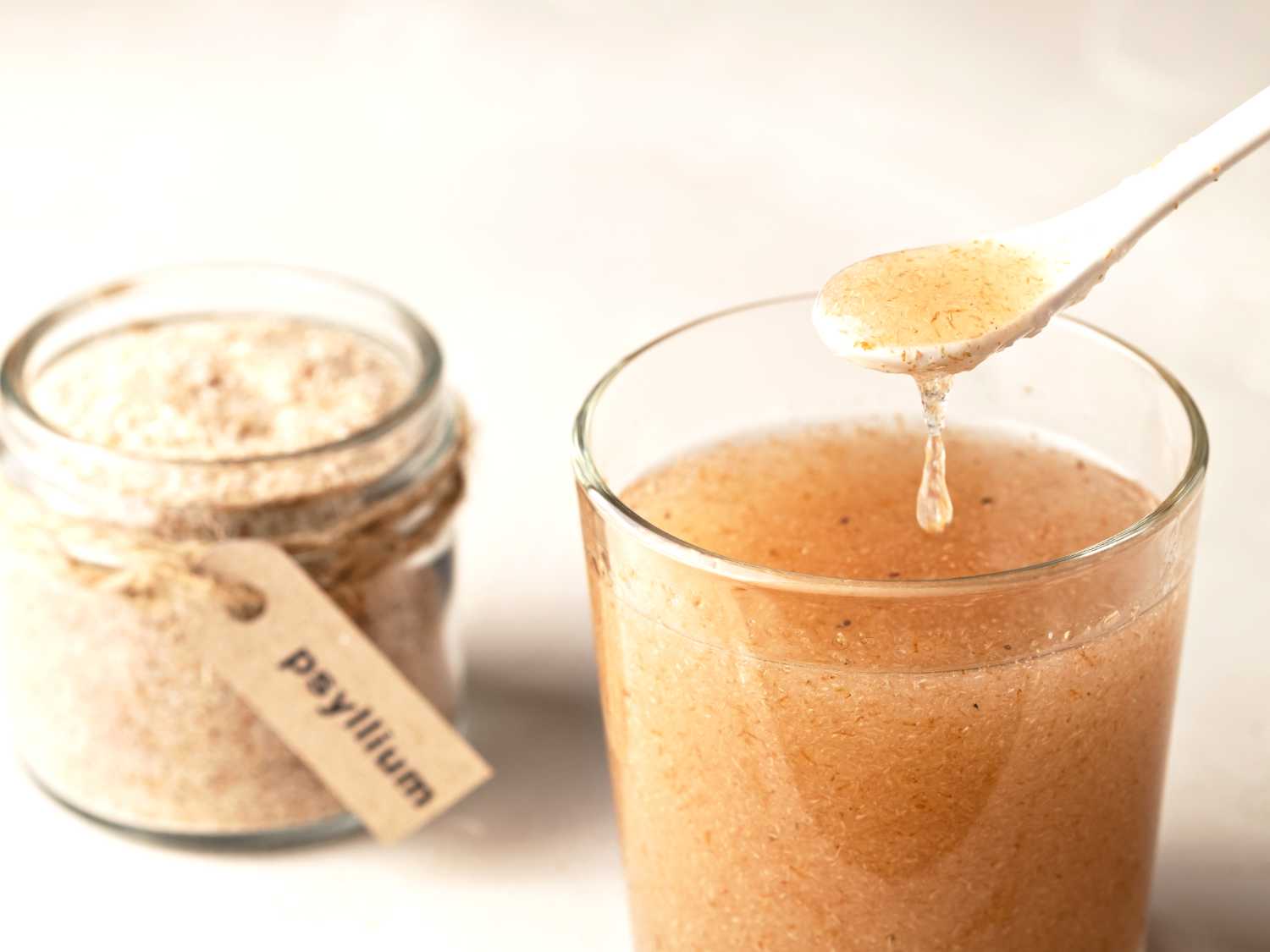
Psyllium, Seeds and Cuticles: Differences and Uses
Psyllium, or psyllium, is a plant belonging to the family of Plantaginaceae its scientific name is Plantago ovata and comes mainly from India. The parts of the plant most used for its beneficial properties are the seeds ripe and their outer covering, called cuticle or, even, peel .
Psyllium is an excellent natural ally for the health of our body. In fact, it has always been widely used to help regular digestion, intestinal transit, as prebiotic and much more…
The plant
Psyllium has always been considered a " medicinal " plant for its beneficial properties linked above all to its seeds and to the cuticles which cover them, rich in emollient and soothing mucilages.
It is an annual herbaceous plant that prefers semi-sandy soils, of medium size, can reach 50 cm in height and has small and characteristic yellow flowers.
Widespread throughout the Mediterranean basin and in the Middle East especially in India , its harvest takes place in March-April when the season is still dry.
It is grown mainly for its seeds and peels which, being rich in fibre, have a positive effect on the gastrointestinal system .
What are the differences between Psyllium husks and seeds?
On the market you can find both the husks, or psyllium cuticles, and the seeds, the latter either whole or ground, in the form of flour.
The seeds are small, black, tasteless and odorless. In nature, each seed is covered by a whitish mucilaginous cuticle . The main characteristic of psyllium seeds is linked to their mucilaginous coating .
Mucilages are polysaccharides belonging to the category of water-soluble fibres. These, in contact with a liquid, form a gel which increases the volume of the stool and reduces its consistency, thus stimulating intestinal movements and facilitating evacuation.
Both psyllium husks and seeds are effective, but the cuticles have a greater swelling capacity . In fact, to obtain the same effect you will have to consume a third of psyllium husks compared to seeds.
How to take psyllium seeds and husks
Psyllium, both in seeds and in the form of whole husks, represents a very versatile ingredient in the kitchen.
The seeds can be added as a topping to both savory and sweet bowls or as a dressing for salads. Its flour can be used for both sweet and savory doughs.
Psyllium husks are very practical and effective , they can be consumed in drinks, smoothies, porridge or yogurt, but also just in hot water, tea, milk or fruit juices.
It is added as an ingredient to sweet recipes and baked goods in order to increase their softness and volume. For example, it can be used in bread dough, cakes, biscuits... psyllium will make dishes more digestible and healthy.
It is highly appreciated as thickener and being gluten-free it is suitable for the preparation of gluten-free leavened products like bread, focaccia and pizza.
What is really important to remember when you start using psyllium husks, or seeds, is that the intake must always be accompanied by a adequate amount of fluids . Since it contains a lot of fiber, it could cause constipation or obstruction at the level of the esophagus or intestine.
Crackers with Psyllium
Preparation time: ~60 min
Ingredients
- ¼ cup each Sunflower and Pumpkin Seeds and 1 cup ground flaxseed
- ¼ cup sesame seeds
- 2 tablespoons of Psyllium Husks
- ½ teaspoon salt
- 1 tablespoon whole grain mustard
- ¼ cup grated parmesan cheese
- 250ml water (enough to make the mixture firm but soft)
Preparation
Mix all the ingredients together and let it rest for at least 15 minutes. Pour the mixture evenly onto a baking tray lined with baking paper and cover with another sheet of baking paper, distributing the mixture and leveling it to a height of 2-3 mm. Remove the sheet of baking paper from above and cut into small rectangles with a knife (this will make it easier to break them once cooked). Bake at 175° for about 30-40 minutes until they are evenly cooked. Remove from the oven and let cool before filling your crackers!
Recommended products
-
Quick shop for Organic Psyllium Peels Powder
Liquid error (snippets/product-card line 378): product form must be given a product





0 comments